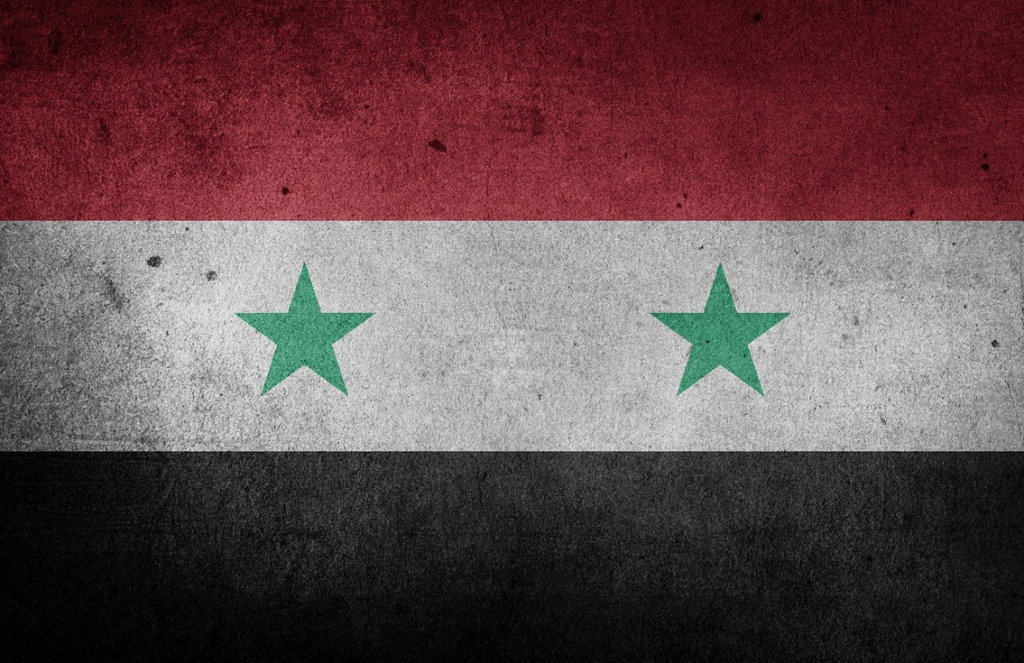In a shocking turn of events, the Syrian Army, which had valiantly resisted various terrorist factions for over a decade, suddenly found itself overwhelmed in a matter of days by Hayit Tahrir al-Sham (HTS) and allied groups. Their rapid advance led to the swift capture of major cities, including Aleppo and Damascus, with minimal resistance from Syrian forces, who had been ordered to stand down. Reports suggest that Bashar al-Assad, the President of Syria, fled the country with his family, allegedly heading to Moscow, leaving millions of Syrians at the mercy of well-armed and brutal fighters. The pace and scale of the assaults came as a surprise to many, highlighting a possible agreement among various international powers that left Syria vulnerable.
The consequences of this political upheaval are dire for the Syrian populace, who now face uncertainty under the rule of HTS, also known for its connections to al-Qaeda. The symbolic destruction of symbols of the old regime, such as the looting of the Presidential Palace and the beheading of Hafez al-Assad’s statue, underscores the psychological and cultural ramifications of the conflict. Likewise, the chaotic release of prisoners from Sednaya prison, which included both terrorists and political prisoners, exacerbates the already tense situation. The newly empowered HTS has established a grim atmosphere, where millions fear for their lives amid the potential imposition of an extreme ideological regime.
The swift takeover is widely seen as indicative of an international bargain involving key players like Russia, the United States, Israel, Turkey, and Iran. The breakdown of alliances and the apparent lack of military support from traditional allies like Iran and Hezbollah, alongside an inexplicable passivity from Russia, point to deeper geopolitical maneuvers. Notably, Netanyahu’s acknowledgment of Israel’s role in these developments reflects a strategic victory for Israel, which has long sought to weaken Assad’s grip on power. The impact of recent military actions in Gaza and against Hezbollah in Lebanon may have significantly shifted the balance of power within the region, leaving Syria exposed and fragmented.
Looking at the broader geopolitical implications, it is clear that Syria emerges from this debacle as the foremost loser, with Iran suffering significantly as its influence and operational capacity in the region have been curtailed. The destabilization of Syria not only isolates Hezbollah but also damages Iran’s long-sought land route to Lebanon. Meanwhile, Russia’s role—initially seen as a stabilizing force—has come under scrutiny as its military bases now find themselves potentially surrounded by hostile factions. The apparent collusion among the international actors complicates the situation further, raising questions about whether negotiations or threats prompted such drastic shifts in alliances.
As the situation crystallizes, Israel stands out as the biggest beneficiary of this turmoil. With the weakening of both the Syrian military and Iranian influence in the area, Israel has effectively transformed the regional landscape to its advantage. This can be seen through its aggressive military actions and territorial maneuvers, which have displaced its adversaries while consolidating its hold on strategic territories. The chaos in Syria presents a preferable alternative for Israel, as they can deal with fragmented militant groups rather than a unified Syrian military, making it easier to manage threats in the long term.
In the wake of HTS’s ascent to power, the Syrian populace is left grappling with the implications of their new reality, filled with uncertainty and fear for the future. While Abu Mohammed al-Julani, leader of HTS, has made overtures towards establishing a varied and inclusive government, skepticism abounds given the history of extremist governance in the region. The fate of many continues to hang in the balance, as the implications of this sudden shift unravel. Although some might find a glimmer of hope in the absence of the Assad regime, there remains a profound sense of dread among the people, questioning whether the promise of a better future can ever materialize amidst the rubble of their homeland. The geopolitical and humanitarian crises intertwine, and the road ahead appears grim as the region braces for the aftermath of this startling transformation.

